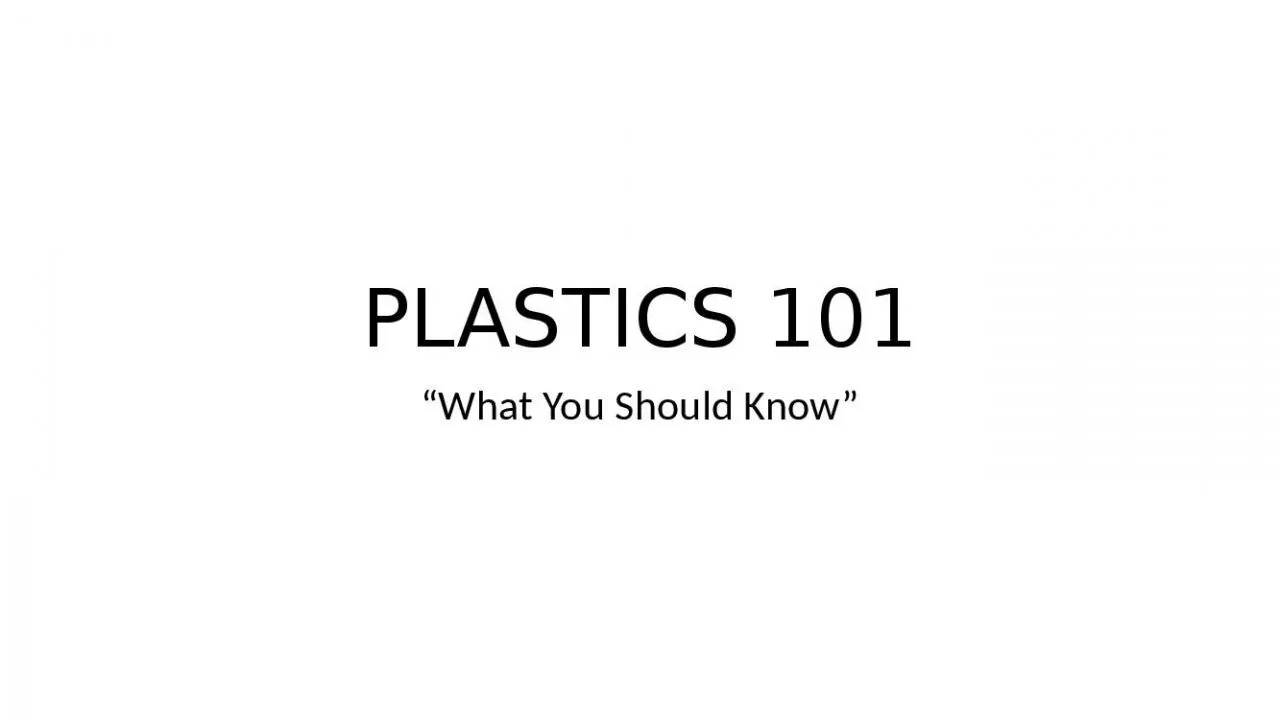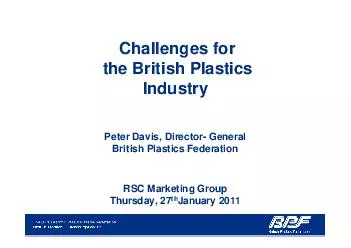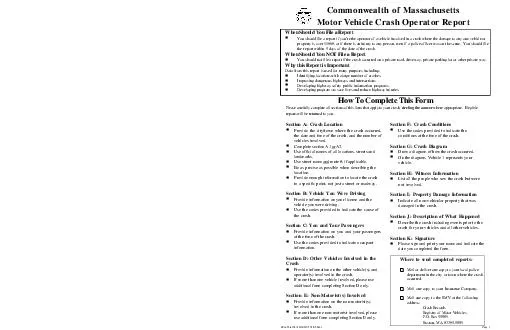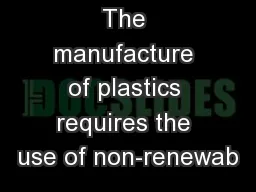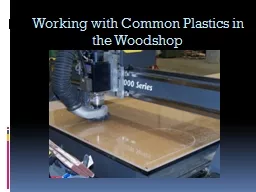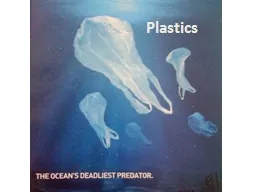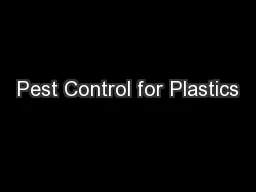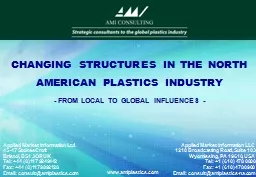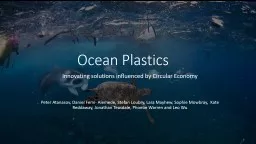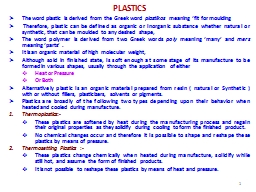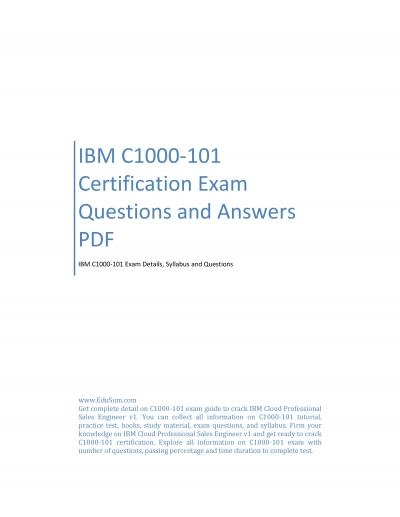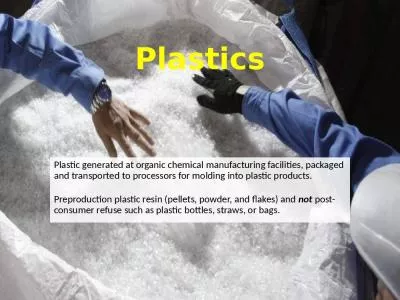PPT-PLASTICS 101 “What You Should Know”
Author : anastasia | Published Date : 2022-04-07
Plastics defined Plastics are any one of a large number of synthetic usually organic materials that have a polymeric structure and can be molded when soft Thermoplastic
Presentation Embed Code
Download Presentation
Download Presentation The PPT/PDF document "PLASTICS 101 “What You Should Know”" is the property of its rightful owner. Permission is granted to download and print the materials on this website for personal, non-commercial use only, and to display it on your personal computer provided you do not modify the materials and that you retain all copyright notices contained in the materials. By downloading content from our website, you accept the terms of this agreement.
PLASTICS 101 “What You Should Know”: Transcript
Download Rules Of Document
"PLASTICS 101 “What You Should Know”"The content belongs to its owner. You may download and print it for personal use, without modification, and keep all copyright notices. By downloading, you agree to these terms.
Related Documents

